CPU
Latest

The Air Force and IBM are building an AI supercomputer
Supercomputers today are capable of performing incredible feats, from accurately predicting the weather to uncovering insights into climate change, but they still by and large rely on brute processor power to accomplish their tasks. That's where this new partnership between the US Air Force and IBM comes in. They're teaming up to build the world's first supercomputer that behaves like a natural brain.

Google hires designer behind Apple's mobile chips
Google wasn't shy about targeting its Pixel phones at iPhone users (it even helped them migrate), and now that similarity could extend to the processors under the hood. Variety has discovered that Google recently hired Manu Gulati, a key chip designer at Apple, to become its lead system-on-chip architect. While Gulati's LinkedIn profile doesn't say much about what he's doing, sources claim that Google hired him with the goal of designing its own CPUs for Pixel phones. It's looking for more chip experts, too, and has posted job listings or a "mobile SoC CPU architect" and similar roles.

American military backs an entirely new kind of processor
Virtually every processor you see is based on the same basic (Von Neumann) computing model: they're designed to access large chunks of sequential data and fill their caches as often as possible. This isn't the quickest way to accomplish every task, however, and the American military wants to explore an entirely different kind of chip. DARPA is spending $80 million to fund the development of the world's first graph analytic processor. The HIVE (Hierarchical Identify Verify Exploit) accesses random, 8-byte data points from the system's global memory, crunching each of those points individually. That's a much faster approach for handling large data, which frequently involves many relationships between info sets. It's also extremely scalable, so you can use as many HIVE chips as you need to accomplish your goals.
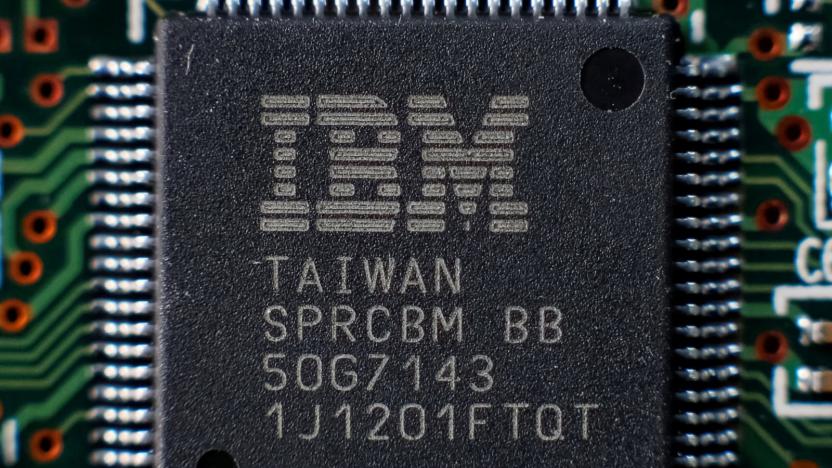
IBM squeezes 30 billion transistors into a fingernail-sized chip
Who said Moore's Law was dead? Certainly not IBM or its chip partners Globalfoundries and Samsung. The trio has developed a transistor manufacturing process that should pave the way for 5-nanometer chips. While the team etched the chip using the same extreme ultraviolet lithography (EUV) used for the breakthrough 7nm chip, it ditched the common FinFET (fin field effect) transistor design in favor of stacks of silicon nanosheets. The switch makes it possible to fine-tune individual circuits to maximize their performance as they're crammed into an incredibly small space. How small? At 5nm, the group says it can squeeze 30 billion transistors into a chip the size of a fingernail (see below) -- not bad when the 7nm chip held 20 billion transistors a couple of years ago.
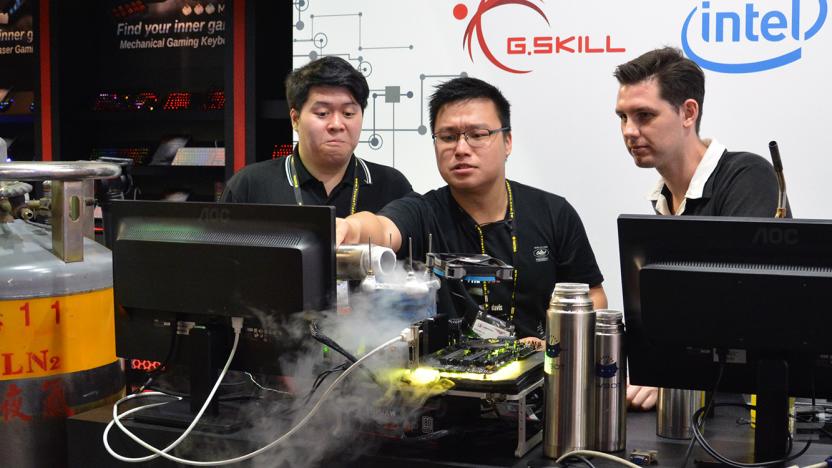
Overclocking to 7GHz takes more than just liquid nitrogen
Over the years, I've been fascinated by two kinds of events at Computex: esports and extreme-PC-overclocking competitions. I doubt I'd ever make it as a professional gamer (I'm more of a Counter Fight kind of guy than a Counter-Strike man these days), but I'd jump at any opportunity to pour liquid nitrogen onto a PC motherboard, because even if I screw something up, chances are I'd still look cool doing so. It just so happened that at this year's Computex, gaming-accessory maker G.SKILL invited me to its extreme-overclocking workshop behind its contest stage. As a total newbie with absolutely zero knowledge of overclocking, I quickly took up this offer.

ARM's new mobile processors are built for AI on the go
When ARM showed up at Computex last year, it brought a bundle of smartphone processors that pushed for better mobile VR. As you might've noticed, though, AI is one of the big new trends in mobile this year. Is it any surprise, then, that ARM is pushing that angle with its latest batch of silicon?
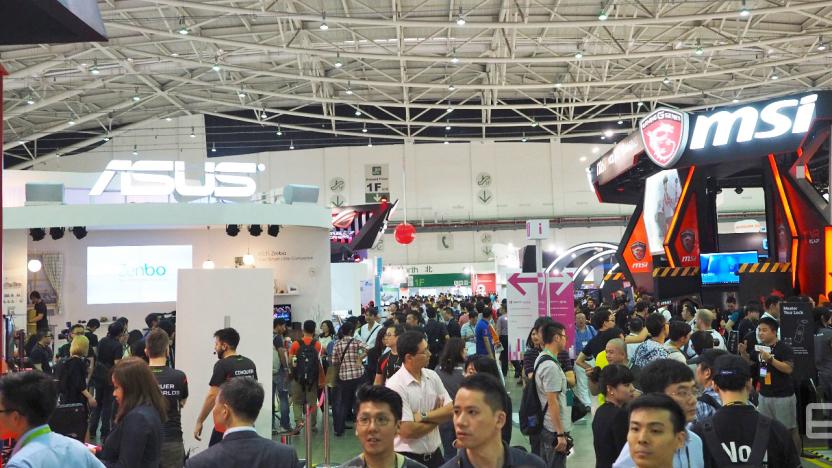
What to expect at Computex 2017
We're pretty much halfway through the year, which means it's Computex time. As usual, you'll find a handful of us running around the Taipei show floors next week, where we'll be getting our hands dirty with the latest PC products and components. Last year was relatively fruitful, thanks to what was then a recent VR explosion. Several PC brands introduced high-end GPUs or affordable ones capable of running VR. Even Intel surprised its hardcore users with its first 10-core desktop CPU. ASUS topped it all off with Zenbo -- an adorable $600 home robot that went on sale in Taiwan earlier this year. This year, however, is bound to be quieter. For one, Microsoft already stole some of Computex's thunder with its own events earlier this month, so we're not expecting anything major from it next week. Intriguingly, HTC Vive has no official presence at Computex this year, which means less VR. Still, based on recent leaks and launches, we have at least a rough idea of what to expect.

Intel takes two big steps to push Thunderbolt 3 on PCs
Do you have Thunderbolt 3 on your PC? No? It's not surprising. Your system needs a separate (read: expensive) chip to handle the ultra-fast connector, and Intel hasn't made the specification available to other companies. You're more likely to see the USB-C port that it's based on. You might just see a lot more of Thunderbolt 3 in the future, though. Intel has unveiled plans to not only build the technology into its processors, but to open the spec through a non-exclusive, royalty-free license. Yes, you could theoretically see future AMD-based PCs with Thunderbolt 3 ports, not to mention more (and more affordable) Intel systems, peripherals and cables.
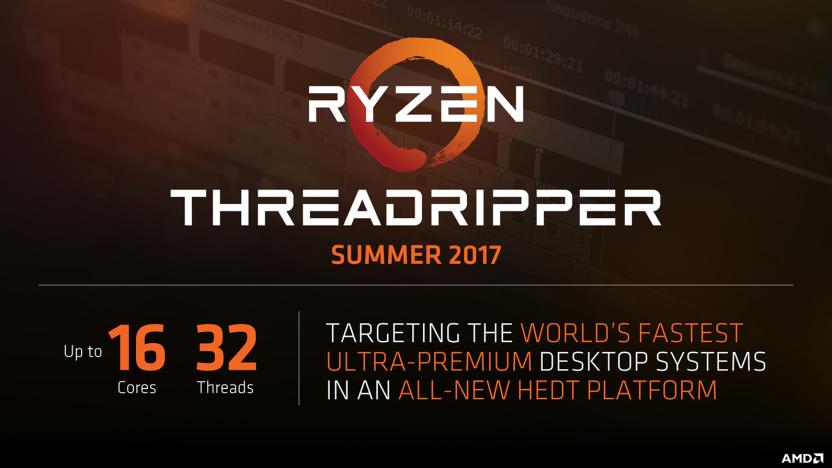
AMD’s 16-core ‘Threadripper’ CPU is built for ultra-high-end PCs
AMD has unveiled Threadripper, a 16-core, 32-thread CPU that will take on Intel in one of its key markets: high-end desktop CPUs. The chip has been rumored for a while now, but AMD finally unveiled it at its analyst day, saying it would arrive by summer of 2017. The company may have wanted to get the launch in ahead of Intel, which will reportedly unveil a long-rumored 12-core Core i9 chip and new X99 HEDT (high-end desktop) platform sometime soon.

Intel ends its dreams of replacing the x86 chip in your PC
When Intel launched its first Itanium processor in 2001, it had very high hopes: the 64-bit chip was supposed to do nothing less than kill off the x86 architecture that had dominated PCs for over two decades. Things didn't quite pan out that way, however, and Intel is officially calling it quits. The company tells PCWorld that its just-shipping Itanium 9700-series processors will be the last models in the family. HPE, the enterprise company resulting from the split of Itanium co-creator HP, will be the last major customer -- its extra-reliable Integrity i6 servers are getting the upgraded hardware, but you won't hear much from anyone else.

Self-assembling wires could lead to faster processors
There's a very real fear that processor speed upgrades will slow to a crawl as it becomes increasingly difficult to make denser chips. Don't tell that to a team of researchers at MIT and in Chicago, though -- they've devised a chip-making technique that could keep Moore's Law relevant for a while longer. Their approach produces much finer wires by letting them partly assemble themselves, rather than relying on the very deliberate (not to mention slow) ultraviolet or scanning processes used to make chips today.

Razer's 2017 Blade Pro boasts a new CPU and THX certifications
If you've been eyeing one of Razer's "professional gaming laptops" since December, you're going to want to wait just a little bit longer. That's because the company announced today that it's releasing a new iteration of its flagship laptop, the Blade Pro. It now features a seventh-gen quad-core Intel i7 CPU and faster RAM than what was offered on last year's model. Additionally, the new model has earned THX certification for both video and audio.

AMD claims its Ryzen 5 is better value than Intel's Core i5
AMD made a big comeback with its high-end Ryzen 7 CPUs, and it's now ready to take on Intel's Core i5 mid-range chips with the Ryzen 5. It's offering four chips in the family ranging from the $169 Ryzen 5 1400, a 3.2 GHZ 4-core, 8-thread chip, to the 6-core, 3.6Ghz Ryzen 5 1600X. At $249, the latter is taking on Intel's $242 4-core/4-thread Core i5-7600K, but offering two more cores and three times the thread count.
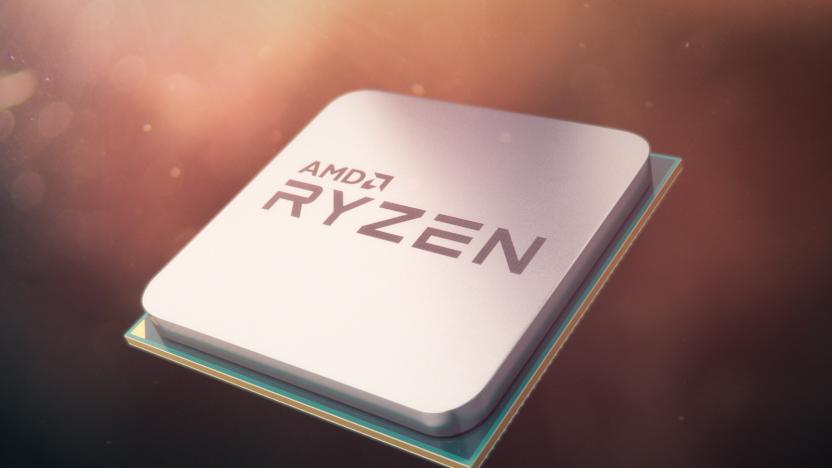
AMD returns to high-end gaming CPUs with Ryzen 7
AMD has largely ceded the performance processor space to Intel in recent years. You typically get one of its chips inside a budget PC, not an all-out gaming rig. At last, though, you might have reason to get excited: AMD is launching Ryzen 7, a desktop CPU line based on its much-ballyhooed Zen architecture. The key is a dramatic improvement in the number of instructions the chip can handle at once. A Ryzen 7 CPU can do 52 percent more work every cycle than a similarly-clocked predecessor thanks to a newer 14-nanometer manufacturing process, five times the bandwidth and some overdue architectural upgrades. This is AMD's first processor with simultaneous multithreading (Hyper-Threading in Intel speak), so each core can execute two code paths at the same time.

Intel's 8th-gen Core processors won't be revolutionary
It's clearer than ever that the days of tick-tock Intel chip upgrades (new process one generation, new architecture the next) are long gone. Intel has revealed that its 8th-generation Core processors, due in the second half of 2017 will once again be built on a 14-nanometer process -- yes, for the fourth time in a row. The company is shy on what these new chips will entail, but it's claiming that it'll manage another 15 percent performance improvement (in SysMark tests, anyway) like it did with the 7th-generation Core designs you see now.

Xiaomi is reportedly building its own phone processor
With all the lawsuits being brought against major mobile chip maker Qualcomm, there seems to be no better time for smartphone makers to explore other CPU options. According to The Wall Street Journal, Chinese company Xiaomi may be developing its own custom processor for an upcoming phone. We've reached out to Xiaomi for confirmation, and have yet to hear back.

Raspberry Pi gives its PC-on-a-stick a big speed boost
Raspberry Pi has taken its latest computing board and squished it onto the stick-sized Compute Module 3, giving it about ten times the power of the original Compute Module. Unlike the Raspberry Pi 3 upon which it's based, however, the device is built for industrial applications, prototypers and advanced hobbyists, not students or casual users. It can now play that part a lot better, thanks to a 1.2GHz Broadcom processor, 1GB of RAM (double that of the original) and upgradeable storage.

Qarnot's smart space heater has learned some new tricks
Anybody with a desktop tower (or a laptop running Chrome) knows how much waste heat processors can throw off during the course of their computing. Typically that heat is simply discarded, shunted from the processor's surface through a complex series of tubes and sinks. But French startup Qarnot has a better idea: Use that energy to heat your home.
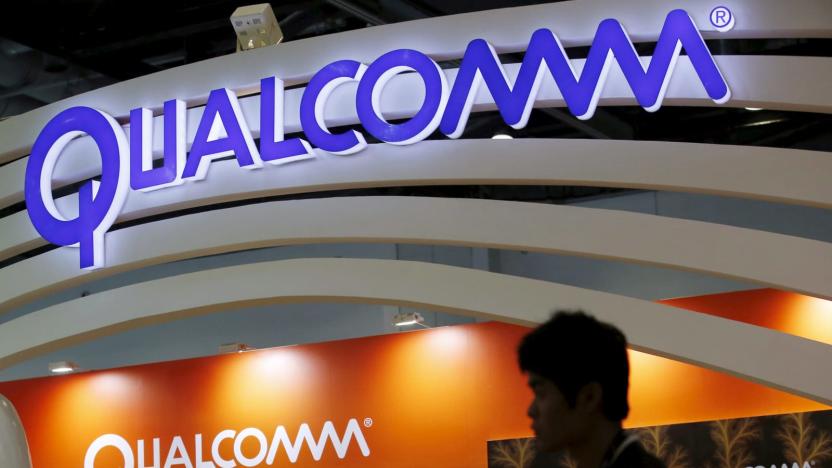
Qualcomm's Snapdragon 835 chip is big on photography and VR
Qualcomm hinted that its Snapdragon 835 processor would be something special, and it's ready to show all its cards now that it's at CES, according to a leaked blog post. Battery life is one of the chip's strongest selling points, as you may know (we'll recap that later), but Qualcomm has also revealed that the 835 also carries a ton of upgrades that reflect a rapidly changing mobile landscape. Take virtual reality, for example. On top of 25 percent faster Adreno 540 graphics, it improves positional audio and reduces the lag between motion tracking and what you see on-screen. You won't be as likely to feel seasick or turn the wrong way, in other words.
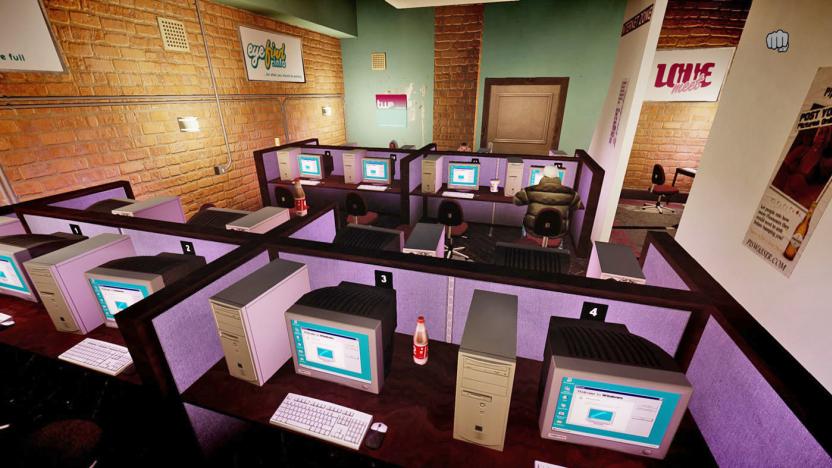
Most Firefox users are running Windows 7 on dated PCs
Mozilla is helping developers figure out if their game or app will run well for average and not just hardcore users. The Firefox Hardware Report, using data from its anonymized Telemetry app, shows what OS and hardware folks are using, along with popular screen resolutions and other information. "Existing hardware reports (such as those from Valve and Unity) are excellent, but represent a different group of hardware users than the majority of people who use the web," the organization says.





